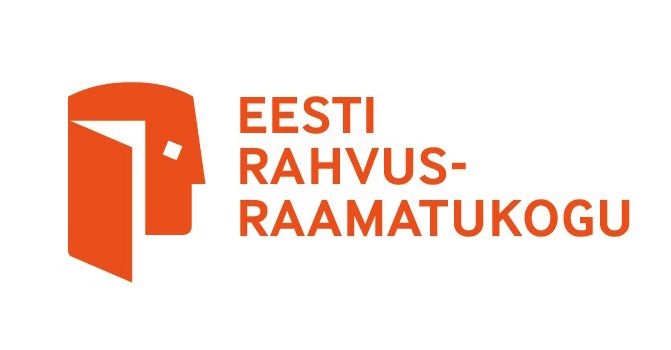On 21 December 1918, the Provisional Government of the Republic of Estonia decided to establish the State Library. Initially, its collections contained about 2,000 books necessary for legislation and governance. The library operated in two small rooms in a wing of Toompea Castle in Tallinn.
In the independent Republic of Estonia, the State Library developed and grew quickly. From 1919, the library received a legal deposit copy of all Estonian publications. In 1921, the first international book exchange agreements were signed. In 1935, Estonia celebrated the 400th anniversary of Wandradt and Koell's Catechism – then known as the first book published in Estonian. In the same year, the archival collection of Estonian publications was established at the State Library, marking the beginning of a systematic acquisition of literature on Estonia and the Baltic States. In the 1930s, the National Library became more than a parliamentary library: its collections now contained around 50,000 publications, and its readers included prominent intellectuals and cultural and public figures.
During the Soviet occupation, the library was renamed the State Library of the Estonian SSR, and was tasked with fulfilling the functions of a public library and managed in accordance with Soviet library regulations. The library’s operations changed radically: ties with other countries and their libraries were severed, while Russian-language publications came to dominate the collections, mostly through the imposition of union-wide legal deposit copies. The bulk of Estonian and foreign books was relocated to a separate restricted-access repository. In 1953, the Library was renamed after Friedrich Reinhold Kreutzwald, the leading man of letters of the period of Estonian national awakening and the author of the Estonian national epic Kalevipoeg. By then, the library’s collections already amounted to one million publications.
The liberation movement that began in the Baltic countries in the 1980s and the restoration of the independent Republic of Estonia on 20 August 1991 considerably changed the role of the library once more. In 1988, it was renamed the National Library of Estonia and tasked with collecting, preserving, and providing access to documents published in the Estonian language and in Estonia, as well as those containing information about Estonia. In 1989, the library’s legal status as a parliamentary library was restored with an obligation to provide information services to members of the Riigikogu and the government.
The current National Library building at Tõnismägi in Tallinn, specially designed for the library, was constructed between 1985 and 1993. The architect of the building was Raine Karp and its interior designer was Sulev Vahtra. The eight-storey building with two floors below ground level is to this day the largest library in the Baltics. ERR’s archives contain an excerpt from Karl Vaino’s speech at the laying of the cornerstone of the building, which also includes an address by Ivi Eenmaa, the then head of the library. At the end of the excerpt, listeners will recognise the library’s signature tune, composed by Alo Mattiisen. The National Library building at Tõnismägi was formally opened on 11 September 1993.
Today’s National Library of Estonia is a legal person governed by public law, operating under the National Library of Estonia Act, other legislation, and its statutes. The library’s collegial decision-making body is the Supervisory Board of the National Library of Estonia, whose members are appointed by the Riigikogu.

